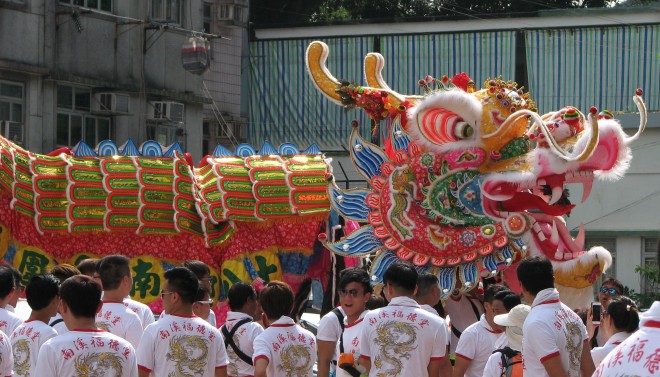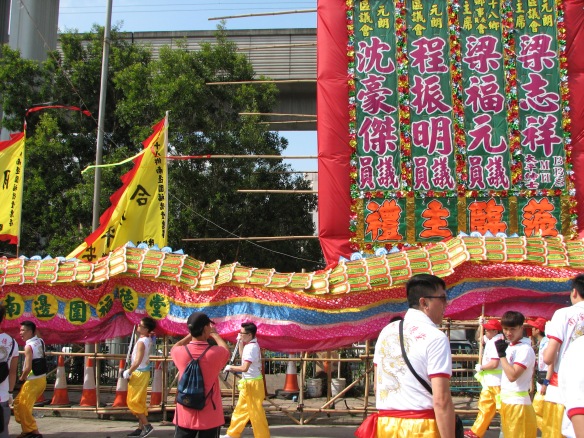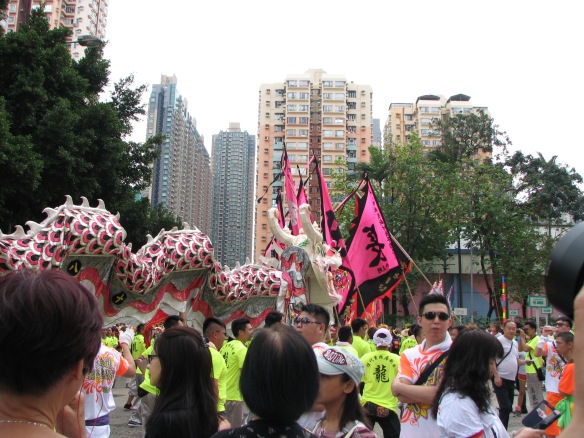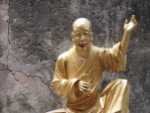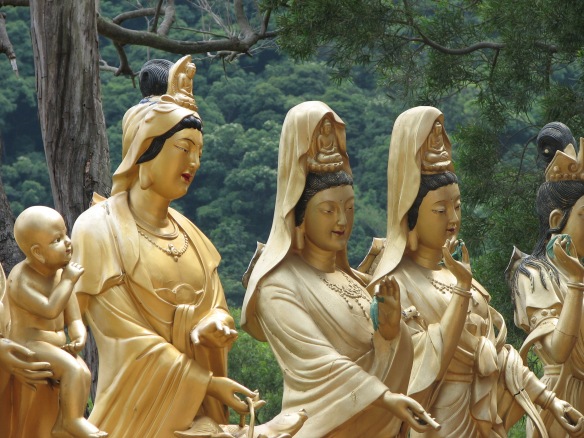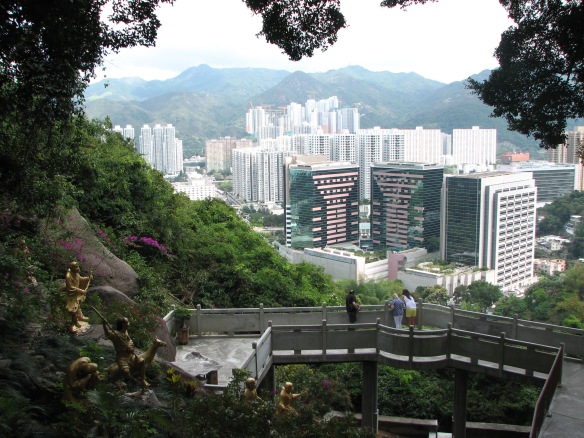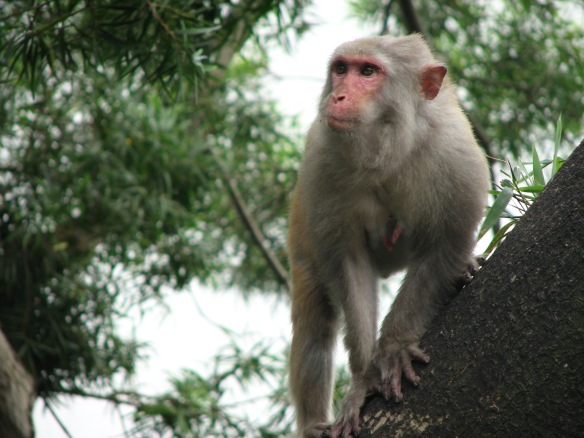
 We began our trip to southern Spain in Granada. When I stood inside Granada’s Cathedral, I suddenly – and very vividly – remembered what and how I’d seen it 40 years earlier. At the Alhambra, my memories were blurry remembrances of running water.
We began our trip to southern Spain in Granada. When I stood inside Granada’s Cathedral, I suddenly – and very vividly – remembered what and how I’d seen it 40 years earlier. At the Alhambra, my memories were blurry remembrances of running water.
A few days later in Córdoba, I had a further experience with spatial imprinting. We spent a half day in the Mezquita, a UNESCO World Heritage site.


The Mezquita was first built in the mid-6th century as a Visogoth church, built up in the 780s as The Great Mosque of Córdoba, and finally re-dedicated as the Cathedral of Our Lady of the Assumption (Catedral de Nuestra Señora de la Asunción) in 1236. The Mezquita’s altar incorporates and blends Catholic iconography and design into the original Moorish structure.


The early Muslim prayer hall is filled with rows of arches in colored bands of stone. They seem to stretch into Eternity.
 This hypostyle hall (meaning that the roof rests on pillars) contains a grand 856 columns of finest jasper, marble, onyx and granite. These columns are topped with the arches, which are futher topped with more arches.
This hypostyle hall (meaning that the roof rests on pillars) contains a grand 856 columns of finest jasper, marble, onyx and granite. These columns are topped with the arches, which are futher topped with more arches.

If Granada’s Cathedral is all soaring heights, the Mezquita in Córdoba is an endless repetition of forms. Gaze in any direction and turn your body in a slow circle. The repeating arches always bring the viewer back to the beginning again.

The repeating patterns are beautiful. They’re haunting, too; it’s no accident that what I recall best from my first trip to Andalusia are deeply buried memories of graceful forms in plaster, stone and tiles.


 What would I say if you were to ask me to select one thing I remember most after my first visit to the Mezquita as a teenager, all those years ago? I’d say: A sense of wonder.
What would I say if you were to ask me to select one thing I remember most after my first visit to the Mezquita as a teenager, all those years ago? I’d say: A sense of wonder.

Islamic architects and artists are masters of geometric decoration. Their patterns’ deeper purpose is to bring visitors and viewers to a sense of another, underlying reality. Maybe it’s just the beauty in the world. Perhaps it’s the presence of God. I’m perfectly fine with either explanation.


I rediscovered the whimsical and the wondrous as I gazed at repeating, interlocking, intertwined squares, circles, triangles, flowers, tessellations and stars.


 Artwork both secular and sacred is woven into every stroke of calligraphy that embellishes gorgeous walls and doorways and niches at both the Alhambra and in Córdoba. The effect is one of standing in a house of mirrors or an echo chamber with lights and patterns extending on and out into Forever.
Artwork both secular and sacred is woven into every stroke of calligraphy that embellishes gorgeous walls and doorways and niches at both the Alhambra and in Córdoba. The effect is one of standing in a house of mirrors or an echo chamber with lights and patterns extending on and out into Forever.
 No single detail stayed. Just… a fleeting glimpse of the Divine.
No single detail stayed. Just… a fleeting glimpse of the Divine.


 NOTES: Sacred Geometry; Crystalinks; Islamic geometric patterns. © Jadi Campbell 2017. All photos © Uwe Hartmann. Uwe’s photography may be viewed at viewpics.de. Go to my earlier posts to read more about our visit to Andalusia.
NOTES: Sacred Geometry; Crystalinks; Islamic geometric patterns. © Jadi Campbell 2017. All photos © Uwe Hartmann. Uwe’s photography may be viewed at viewpics.de. Go to my earlier posts to read more about our visit to Andalusia.
Click here for my author page to learn more about my books and me.









 While I wait for the weather to decide if it really is springtime, I’m enoying the photos from the City of Lights.
While I wait for the weather to decide if it really is springtime, I’m enoying the photos from the City of Lights.






 It doesn’t matter if I’m in Paris for the art, the food, the shops, or the French way of life. Paris appeals to all of my senses. Whenever I’m there I fall right back in love with being alive. J’aime la vie!
It doesn’t matter if I’m in Paris for the art, the food, the shops, or the French way of life. Paris appeals to all of my senses. Whenever I’m there I fall right back in love with being alive. J’aime la vie!







 Goa was Portuguese, she considered writing, and gorgeous ocean views, the rave scene and meals eaten in beach shacks. Every sentence sounded like factoids from a travelogue.
Goa was Portuguese, she considered writing, and gorgeous ocean views, the rave scene and meals eaten in beach shacks. Every sentence sounded like factoids from a travelogue.













































